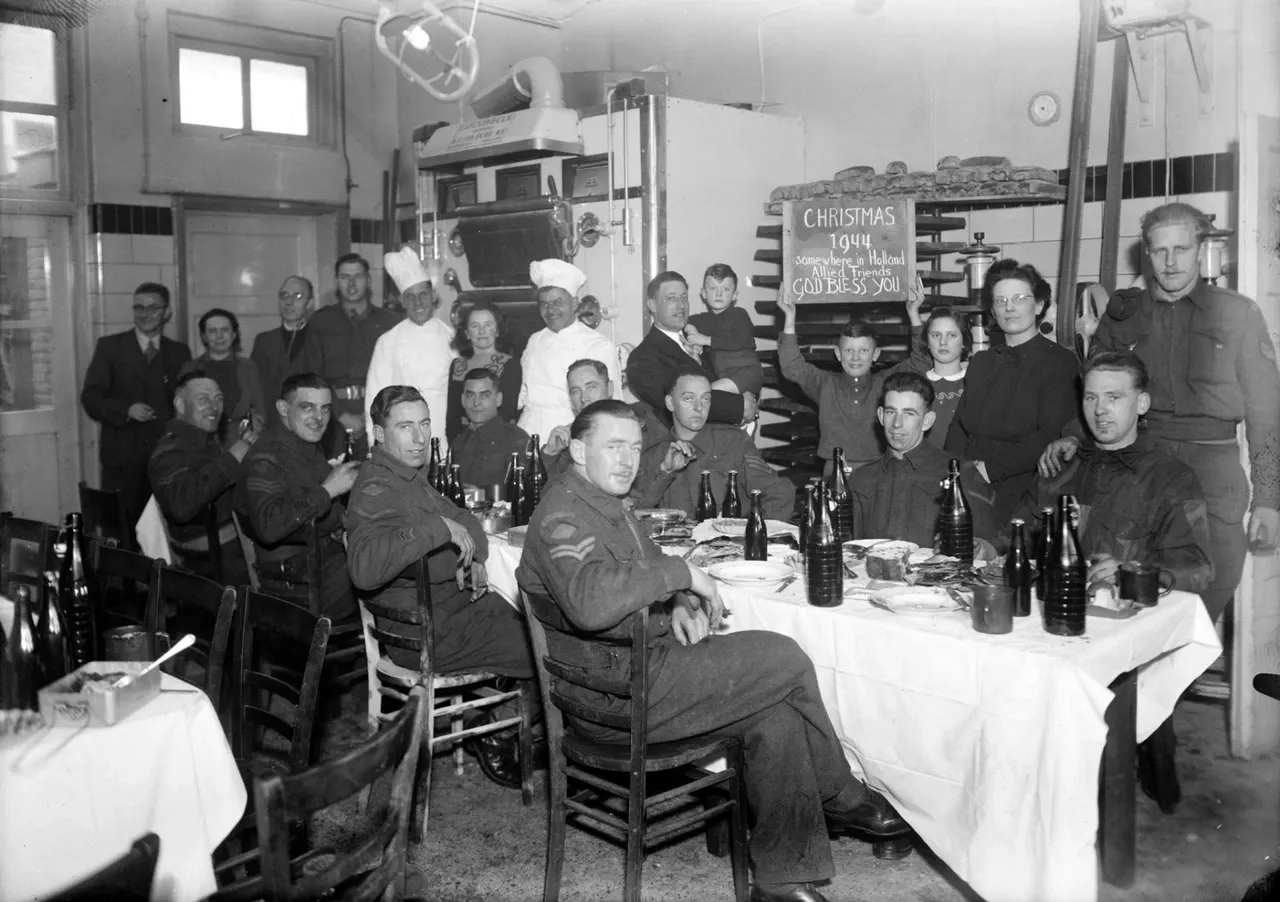Christmas celebration with the Liberators
Similarly to other cities located in liberated territories, 's-Hertogenbosch became a 'leave centre', a place where Canadian soldiers could go whilst on leave to recover from life at the front. Whilst this provided a lot of relief and pleasure, it also had a downside.
From its liberation in late October 1944 until spring 1945, the Brabant capital swarmed with Allied soldiers. While most of these were housed in large buildings, such as the teacher training college in Sint Josephstraat, hundreds of others were billeted with civilians. From early November 1944, Canadian troops stayed in the city. Shortly before Christmas, on 20 December, they left in a hurry, a move related to the German counter-offensive in the Ardennes. Their place was taken over by Polish troops until mid-January, after which the Canadians returned.
Because of their departure to the south, the Canadian troops had to celebrate Chris…
From its liberation in late October 1944 until spring 1945, the Brabant capital swarmed with Allied soldiers. While most of these were housed in large buildings, such as the teacher training college in Sint Josephstraat, hundreds of others were billeted with civilians. From early November 1944, Canadian troops stayed in the city. Shortly before Christmas, on 20 December, they left in a hurry, a move related to the German counter-offensive in the Ardennes. Their place was taken over by Polish troops until mid-January, after which the Canadians returned.
Because of their departure to the south, the Canadian troops had to celebrate Christmas early. This was the case for the billeted soldiers at Bosch Bakery (today De Groot Bakery) in Van Noremborghstraat, where a field kitchen was also set up. The soldiers appreciated the normality and the civilians were grateful to the liberators. As a reminder of Christmas, photos were taken, sometimes with the text 'somewhere in Holland', purposefully kept vague so as not to make the observant enemy any wiser than necessary.
's-Hertogenbosch was a post-liberation 'leave centre', a place where allied soldiers could rest and recuperate after a period at the front. Some soldiers, including Canadians, translated this as 'love centre', and parents, educators and clergy were very concerned about the local girls' free association with the liberators. To overcome this problem, the clergy sometimes sent older 'girls' to dance parties, causing Canadian soldiers to grumble that they now had to dance with grandmothers instead of lovely girls their own age. Nevertheless, here and there relationships were formed, and in the Brabant capital there is a Dutch post-war saying, 'Trees has a Canadian'... (Trees is a Dutch name for a girl).
This is how to reach Christmas celebration with the Liberators
5212 NS 's-Hertogenbosch Plan your route naar Christmas celebration with the Liberators
Starting point: from your location

